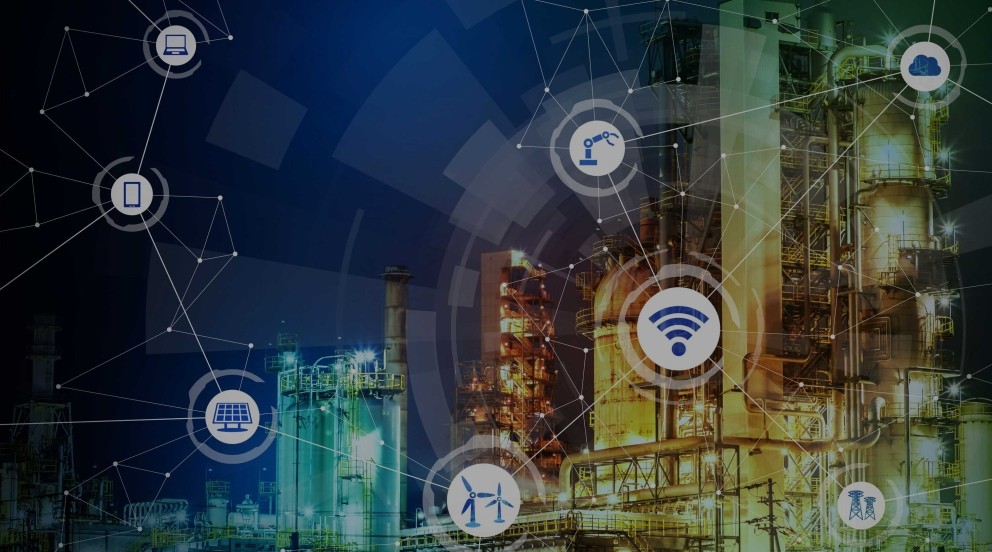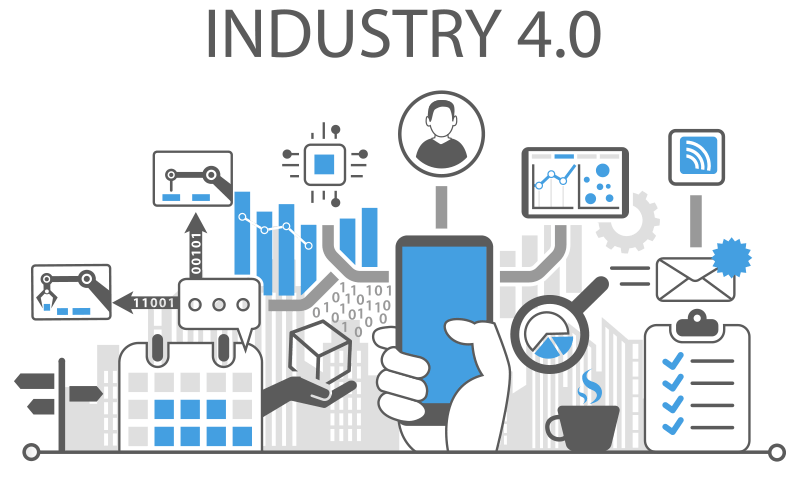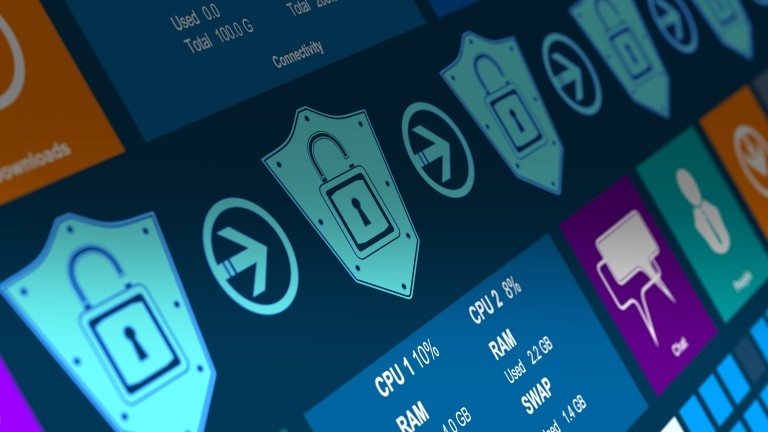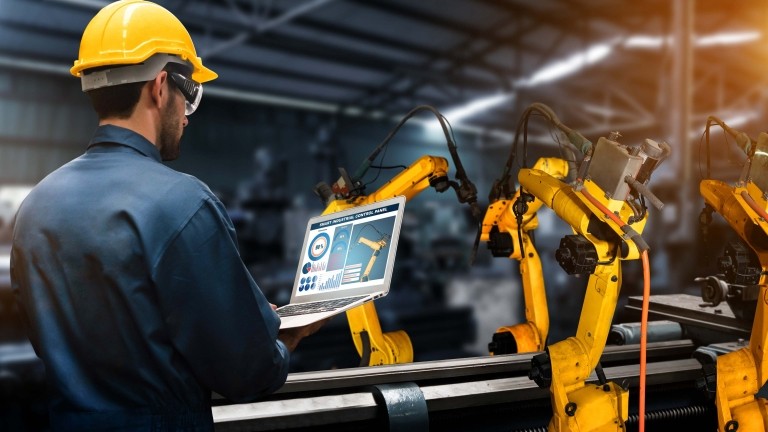
Get Closer to Your Users with Edge Computing
The Internet of Things (IoT) is currently revolutionizing entire consumer and industrial applications by enabling them to take advantage of data and services provided by the billions of internet-connected objects. One of the main enablers of the IoT revolution has been integrating IoT devices with cloud computing infrastructures, which has empowered IoT applications to leverage the scalability, capacity and Quality of Service (QoS) of the cloud. Currently, all major cloud vendors provide support for hosting IoT applications and enable IoT vendors to offer their services based on pay-as-you-go modalities such as Software-as-a-Service (SaaS) and Platform-as-a-Service (PaaS).
Nevertheless, IoT/Cloud integration comes with its limitations, which make it inappropriate for certain use cases, notably requiring real-time field processing and control. These limitations include:
- Inefficient bandwidth use, as not all IoT data need to be streamed and stored in the cloud, given that only a limited subset of them has actual business value.
- Network latency is caused by the interaction of IoT devices with the cloud makes this unsuitable for real-time applications.
- Waste of storage, since excess data without essential business value, are stored in the cloud (e.g., in cases of sensors recording values that do not change frequently).
- Limited privacy-friendliness, as IoT/cloud deployments provide no easy way to isolate private sensitive datasets.
In order to alleviate these limitations, there is a need to move computation closer to your users and the field by introducing additional layers of processing between the cloud and the field.

Edge Computing Characteristics and Rising Momentum
During the last couple of years, several approaches to deploying computation close to the field have been introduced, including Fog Computing, Cloudlets, and Mobile-Edge Computing. Despite their different names, they all entail the deployment of a layer of computational nodes at the very edge of the network i.e. close to the users and between the field and the cloud. Hence, we conveniently consider these approaches as different instances of the “edge computing” paradigm.
Edge computing is characterized by one or more layers of edge nodes (i.e. gateways) that are deployed between the cloud and the IoT devices, including gateways close to the field. The gateways can be of different types, ranging from embedded controllers and IoT devices with limited processing capacity to entire clusters of computational nodes. The exact types of nodes to be deployed and used depend on the target application's nature. In general, the proper deployment of edge nodes can provide several benefits, including reduced latency for real-time applications, more efficient use of bandwidth and storage resources, enhanced scalability, reduced energy costs, improved environmental performance, and better opportunities for privacy control and data protection.
Edge computing is gradually becoming the preferred choice for architecting large-scale IoT systems in industrial and consumer settings, including smart grids, smart manufacturing, intelligent transport, smart cities, healthcare, and more. Recently, standards development organizations – such as the Industrial Internet Consortium Reference Architecture and the OpenFog consortium – have started to promote the use of edge computing as part of their reference architectures for IoT deployments. At the same time, equipment manufacturers like us are working hard to provide configurable, standards-based edge computing platforms which can be flexibly deployed in different environments.
Application Examples
Edge computing is mandated in the case of the following types of IoT deployments:
- Large-scale distributed control systems integrate location-aware functionalities with real-time processes in order to support scalable, low-latency control operations.
- Privacy-sensitive multi-user applications leverage the data isolation capabilities of edge computing in order to minimize the transfer and processing of privacy-sensitive datasets in the cloud.
- Mobile applications enable roaming users and fast-moving objects (e.g., connected trains and self-driving vehicles) to interact with edge nodes in their vicinity and to benefit from access to local resources.
Two practical example applications with some of the above-listed characteristics follow:
Urban Security and Surveillance Applications
These are data-intensive applications that perform real-time processing of multimedia streams (e.g., video) stemming from many surveillance spots. They typically cover large areas such as metro networks, multiple office locations, metropolitan districts, and more. These applications can adaptively process video streams locally by spawning application logic across several edge computing nodes/clouds. Video is streamed to the cloud with very high frame rates whenever a potential security incident is detected; else, low frame rates are used. To this end, data are processed at the edge based on advanced streaming queries, which include pattern detection capabilities on images and video. In this way, edge processing facilitates real-time processing for the timely detection of security incidents while simultaneously leading to huge bandwidth and storage savings in the cloud. In such deployments, it’s important for edge nodes to offer deployment flexibility in order to facilitate their installation in different environments. Likewise, it’s important to facilitate the deployment of different algorithms for detecting events in varying conditions and contexts (e.g. day/night time, face detection, image analysis, etc.).
Digital Factory Automation Applications
In smart manufacturing deployments, real-time insights into production processes and their schedules are often needed. This is essential for supporting new production models such as mass customization. Edge computing deployments in factories can provide human operators with real-time edge analytics insights about their work in a given station to enable rapid validation of production processes and prompt identification of problems while simultaneously boosting their decisions about the next steps in the production process. Likewise, they can also simulate parts of the production process at the edge in order to provide insights on quality control, failure modes, and maintenance operations, notably in terms of the station’s equipment.
The Future of Edge Computing
As reflected in its market figures, industrial momentum, and standards, edge computing is growing quickly. In the coming years, the importance of edge computing will continue to rise as it will become an essential building block for applications that will dominate the market. The latter include connected cars, self-driving vehicles, and a wide range of Industry 4.0 applications in manufacturing shopfloors, energy plants, oil refineries, and more. Moreover, edge computing will empower entire new paradigms for IoT applications, including paradigms involving Artificial Intelligence and Smart Objects such as industrial robots, assistive robots, smart pumps, smart wearables, and more. Smart objects will exhibit semi-autonomous behavior but can still interact with IoT/cloud platforms via appropriate edge nodes.
With appropriate cybersecurity measures in place, edge computing will enable the proliferation of applications that entail real-time actuation and control, which is one of the key value propositions of IoT. Indeed, IoT applications are not only about deriving insights and knowledge from IoT data but also about closing the loop to the field and influencing the physical world.


